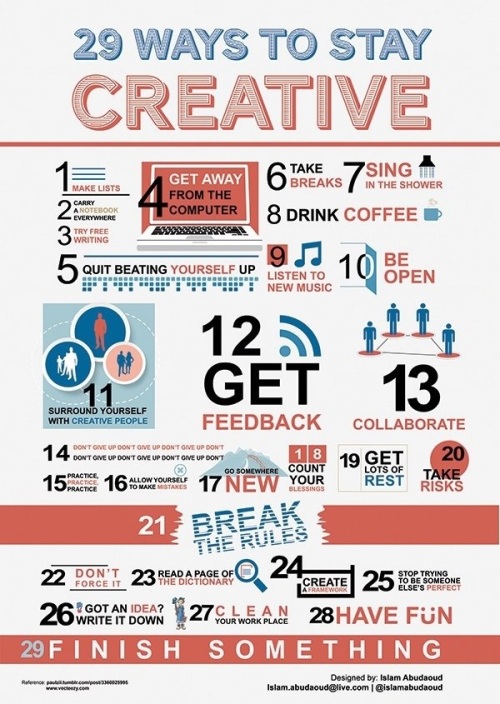-
Join 1,606 other subscribers
Newsreader RSS
Most Popular
-
Most Recent
Topics
Popular Items
adults Andragogy Apple Authentic Leadership baby wearing BCBusiness Magazine behaviour change best companies Bill George BlackBerry BlackBerry Storm blogging candor candour CEO coaching conflict congress core values corporate culture culture daniel goleman Darwin development downtown economy EI emotional intelligence entrepreneur EQ exclusive execution feedback Fortune goal planning Good to Great google guru gurus hiring holidays HR iPhone iPod Touch Jim Collins leadership learning Mapple mentoring miniEnterprize Motrin natural selection O obama Oprah Pearl Pedagogy personal plan planning private business club Simpsons social intelligence spoof strategic plan strategic planning strategy TCC Terminal City Club time off TOWS training Twitter vacation days Wildly Courageous Decision WSJ
Category Archives: human resources
ImageCorporate Culture Mindset (Infographic)

Source: with thanks to mcnakblog.com
Posted in human resources, leadership, strategy
Tagged core values, corporate culture, culture, development, leadership
If only everyone else was more candid, I would be too…
 As a leader if you’ve waiting for everyone else to start modelling candour and authenticity, it might be a while. Our jobs as leaders is to model the behaviours we’d like to see demonstrated by our boss, our direct reports, and our peers.
As a leader if you’ve waiting for everyone else to start modelling candour and authenticity, it might be a while. Our jobs as leaders is to model the behaviours we’d like to see demonstrated by our boss, our direct reports, and our peers.
Being candid and authentic means taking a risk to say what’s true for you, even though your opinion may not match up with the rest of the people in the room. This takes courage. There’s a great line in the movie We Three Kings, that demonstrates this: George Clooney says, “courage isn’t what you need, courage is what you get as a result of taking a risk.” This applies 100% to candour.
Here’s what I’ve seen when teams try out candour as a new behaviour particularly during strategic planning experiences:
- people respond by saying, “wow, I was thinking something similar but didn’t have the guts to say it out loud.”
- other people respond to candour with comments like, “I’m so glad you had the courage to say that. I didn’t realize a lot of the facts you brought up and how passionate you are about them.”
- teams finally talk about the “real stuff” that’s going on
- the strategic plan ends up being far more engaging and the level of alignment around the plan just up
- there’s an increase in ideological conflict as more conflicting ideas on what’s right for the company/organization/team come to light (a very good thing)
- peoples true passions and excitement come alive around the key issues, opportunities, and challenges, your team is facing
If any of these sound like outcomes you’re looking for then the next step is to take a risk, experience your courage, and demonstrate to your team that you are willing to be authentic, candid, and say what’s true for you.
What’s your experience been around candour?
Posted in human resources, leadership
Tagged Authentic Leadership, authenticity, candor, candour, conflict
Business in Vancouver, Ask the Expert: How do I turn my managers into leaders?
The key to helping turn managers into leaders is to ensure the process you use is simple and easy to implement; you can always layer on complexity later. Here’s a five-step approach for starting down the path of developing your managers into leaders:
Posted in Business in Vancouver: Boardroom Strategy, human resources, leadership
Tagged development, leaders, managers
BIV Boardroom Strategy: Stocking your arsenal to win the war for talent
 A 1997 McKinsey and Company survey coined the phrase “the war for talent.” It forecast a two- decade demographically fuelled net reduction in talent in the workforce due to baby boomers retiring.
A 1997 McKinsey and Company survey coined the phrase “the war for talent.” It forecast a two- decade demographically fuelled net reduction in talent in the workforce due to baby boomers retiring.
The recent recession slowed that war, as boomers planning to retire saw their RRSPs, investments and pensions take a massive hit. As these investments begin to recover to pre-September 2008 levels, it’s again becoming attractive for boomers to consider retirement or early retirement.
“There can be as much as a 10- to 15-year experience gap between retiring leaders and high potentials.”
Influencing Corporate Culture
I’ve spoken to a number of executives lately who are concerned about their corporate culture and who want to know the key areas for leveraging change. Here are four areas that influence culture directly and are in your control as an executive team:
- What behaviours we allow (we teach people what okay and not okay)
- What we reward (monetarily or through praise, promotion, and recognition)
- Who we hire, what we look for when we hire, and who we help “exit” the business
- The visible behaviours of the executive team we demonstrate to the rest of the company
Leadership Minute: Clearing Conflicts as They Arise
Posted in human resources, leadership, Leadership Minute
Tagged conflict resolution, leadership
Leadership Minute: Annual Performance Reviews
Posted in human resources, leadership, Leadership Minute
Tagged feedback, leadership, performance reviews
Leading up
 One of the challenges of being a good leader is understanding how to lead up and provide appropriate feedback to your leader while at the same time finding ways for your team to provide you feedback.
One of the challenges of being a good leader is understanding how to lead up and provide appropriate feedback to your leader while at the same time finding ways for your team to provide you feedback.
Here are three questions you can answer for your leader and ask of your direct reports:
- What am I doing too much off?
- What am I not doing enough of?
- What am I doing that is just right for you?
Whether in an annual review setting, quarterly check-ins, or more frequently, asking and answering these three simple questions is a quick and easy way to provide and receive feedback.
Posted in human resources, leadership
Tagged behaviour change, coaching, development, feedback, leadership



